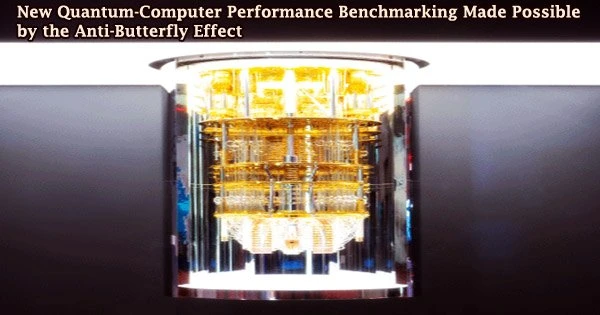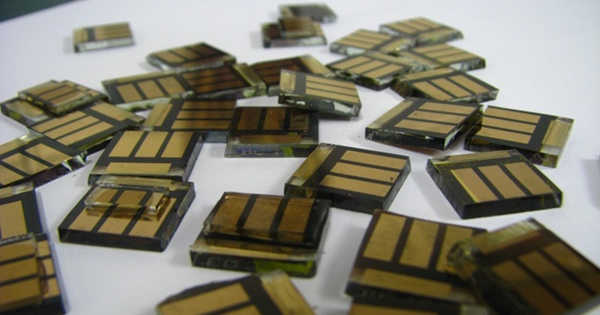A long-standing experimental physics problem is resolved by research using the quantum “anti-butterfly effect,” which also creates a way for evaluating the performance of quantum computers.
“Using the simple, robust protocol we developed, we can determine the degree to which quantum computers can effectively process information, and it applies to information loss in other complex quantum systems, too,” said Bin Yan, a quantum theorist at Los Alamos National Laboratory.
A new kind of technology called quantum computing uses a computer that is 158 million times faster than the most advanced supercomputer currently in existence. It is a machine so potent that it could complete tasks that would take a conventional supercomputer 10,000 years to complete in four minutes.
Yan is corresponding author of the paper on benchmarking information scrambling published today in Physical Review Letters.
“Our protocol quantifies information scrambling in a quantum system and unambiguously distinguishes it from fake positive signals in the noisy background caused by quantum decoherence,” he said.
As it interacts with the environment, noise in the form of decoherence wipes out all the quantum information in a complicated system like a quantum computer. On the other hand, information is disseminated across the system via scrambling through quantum chaos, safeguarding it and enabling retrieval.
Our method, which draws on the quantum anti-butterfly effect we discovered two years ago, evolves a system forward and backward through time in a single loop, so we can apply it to any system with time-reversing the dynamics, including quantum computers and quantum simulators using cold atoms.
Bin Yan
Decoherence is the loss of that state as information leaks to the surrounding environment. Coherence is a quantum state that enables quantum computing.
“Our method, which draws on the quantum anti-butterfly effect we discovered two years ago, evolves a system forward and backward through time in a single loop, so we can apply it to any system with time-reversing the dynamics, including quantum computers and quantum simulators using cold atoms,” Yan said.
The Los Alamos researchers used simulations using IBM cloud-based quantum computers to show the protocol. Experimental investigation of the phenomena has been hampered by the inability to discriminate between decoherence and information scrambling.
Information scrambling, which was initially investigated in black-hole physics, has proven useful in a variety of fields of study, including quantum chaos in many-body systems, phase transition, quantum machine learning, and quantum computing. Superconductors, trapped ions, and quantum computers running in the cloud are some of the experimental platforms used to examine information scrambling.
Practical application of the quantum anti-butterfly effect
In a work published in 2020, Yan and co-author Nikolai Sinitsyn demonstrated that shifting quantum processes backwards on a quantum computer to destroy data in the simulated past causes no impact when brought back to the present.
In contrast, a system based on classical physics would permanently muddle the data during the time loop.
Yan, Sinitsyn, and co-author Joseph Harris, a doctoral student at the University of Edinburgh who worked on the present research while attending the Los Alamos Quantum Computing Summer School, created the protocol based on this discovery.
A quantum system and its subsystems are prepared, the entire system is evolved forward in time, a change is made to a different subsystem, and then the system is evolved backward for the same length of time. The amount of information maintained by scrambling and the amount lost to decoherence can be determined by measuring the overlap of information between the two subsystems.
















